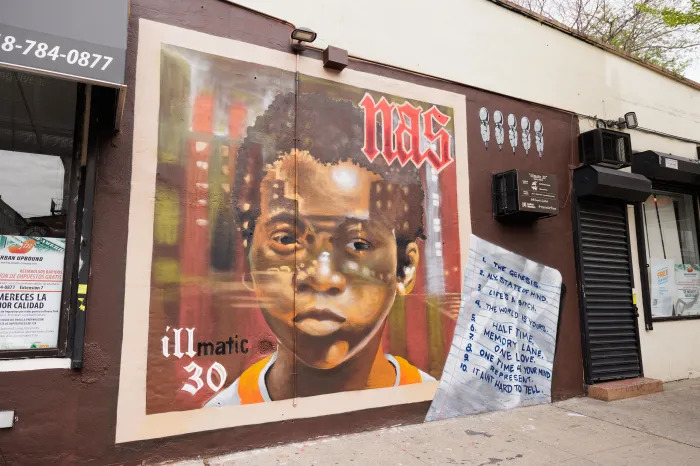By Merle Exit
What started with a single teacher bringing music to a San Francisco Bay area classroom has mushroomed into a movement providing instruments and instruction to more than 300,000 students across the country.
Little Kids Rock, which began with elementary school teacher David Wish in 2002, is currently on a mission to provide music in 600 New York City public schools during the next three years through its Amp Up NYC program.
Teachers apply to be trained in Little Kids Rock’s methodology and once training is complete, they receive donated instruments and curricula to launch a band in their school.
One such program already taking place is at Rockaway Park’s PS 317Q, the Waterside Children’s Studio School.
“I use mostly Little Kids Rock materials when teaching guitar, keyboard and drums,” said PS 317Q teacher Dan Keller. “The focus is on more of a fun, welcoming environment for creativity and learning, while my traditional band students use instructional books where they learn to read music and practice proper technique. Overall, songs are learned by a combination of rote, lead sheets and/or sheet music.”
Rather than teaching children how to read music, Little Kids Rock uses a method it developed called Music as a Second Language.
“The Amp Up NYC initiative approaches music like a second language, making it easy for kids to begin making music on day one,” said Keith Hejna, communications director for Little Kids Rock. “Once kids are engaged and feel comfortable with their instruments, then teachers can teach more advanced concepts like reading music notation and music theory.”
For instance, guitar chords are pictured visually with the fingering and first learning to strum on an acoustical guitar before going on to one that is electric.
Students improvise and perform songs from artists they listen to in a variety of genres including pop, hip hop and more.
PS 317Q has one of the largest number of participating students in the borough.
Two of the students, Naylah Page and A’sean Pryor, both 9, have been taking this class. Naylah plays drums, guitar, bass and keyboard. A’sean is learning to play the trumpet, drums and bass guitar.
With Naylah’s love of the drums and A’sean being the bass, the two got together and composed a rap song.
They both have thoughts of a future in the music industry.
Keith Hejna of Little Kids Rock believes the program has helped to create many more Naylahs and A’seans when music education is not a high priority for financially struggling school districts.
“At a time when the benefits of music education are better understood than ever, budget cuts are decimating music programs in public schools across the country, sharply limiting children’s access to music education,” said Hejna. “However, music education has not kept pace with the cultural and technological developments of the past 60 years, thus making music education less accessible to a broad swath of today’s youth, especially in marginalized communities.”
Hejna also points out Little Kids Rock adheres to a principle of de-rock-racy, which allows students to pick what instrument and which songs they will learn.
The girls in Keller’s class, in particular, are happy that they are able to choose instruments that have been formerly associated with boys, like the drums.
Keller, who was trained to be a vocal instructor and chorus director, has also studied guitar, bass, piano and drums, so is able to provide pointers to the budding musicians in the program. And he continues to add to his musical repertoire.
“I also feel that learning an instrument together can be helpful for both teacher and student. Though some of my students may not realize, I am taking trumpet, clarinet, and flute lessons outside of school, and I will be starting trombone and saxophone soon, too,” he said. “It is actually helpful, in some respect, to be a beginner as well, since I have a better idea of what the kids are going through as they start to learn an instrument. It’s easier to realize the difficulties that they are going through. Of course, I always make sure to stay one step ahead so I can still be an effective instructor.”





























